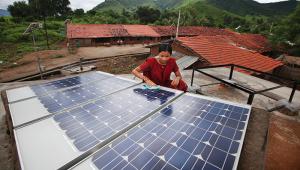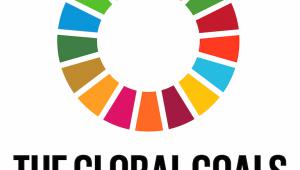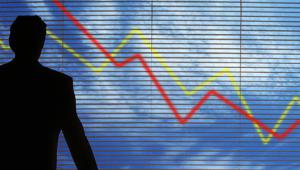The paper by the Blended Finance Taskforce, released Tuesday at the annual World Economic Forum conference in Davos and to be finalised by March, said the funding could be found if development banks focus on making investments accessible for private capital.
The SDG funding gap is estimated between $2trn and 3trn a year and could be filled by a mix of public and private money, dubbed ‘blended finances’.
Approximately half of this could be provided by public sources, it has been estimated, while the remainder would be raised from private investors.
One of the authors of the report and chair of the Business & Sustainable Development Commission Mark Malloch-Brown said: “Action is needed end-to-end across the whole investment system to scale up the use of blended finance if we are serious about closing the funding gap for the Sustainable Development Goals.”
Experts said at the launch of the paper that the blended finance market had doubled in size in the last five years and could double again in the next three to four years as more money is earmarked to be used for blending.
Samantha Attridge, expert on development finance at the Overseas Development Institute, told PF: "Blended finance does present the world with an exciting opportunity to help close the SDG financing gap but there are risks, which need to be understood and managed.
“The clear push in the report for an increased allocation of scarce concessional resource (ODA) to finance blended finance transactions runs the very real risk of an increased concentration of private finance mobilised in Middle Income Countries and of a resource reallocation away from those poorest and most fragile countries who need ODA most.
“If scare concessional resource is to be deployed to crowd in the private sector it should be to help tackle the most difficult development challenges in the most challenges of places.”
The blended finance market is estimated to be a $50bn market, according to the report. Development banks already work with private investors, particularly in the renewable energy industry.
The Blended Finance Taskforce is advocating for development banks to set targets for private capital mobilisation to narrow the funding gap.
Examples of blended finance in key SDG-investment systems include food and land use, cities, energy and materials, and health and wellbeing projects.
According to the Business & Sustainable Development Commission, set up to further the development goals and funded by public sector organisations such as the UN and World Bank, achieving the SDGs in these four areas could be worth an estimated $12trn by 2030 in business savings and revenue.
The SDGs were adopted in 2015 by the UN and include goals to end poverty, protect the planet and its resources, and ensure long-term prosperity of humanity.
The goals are supposed to be met by 2030.







